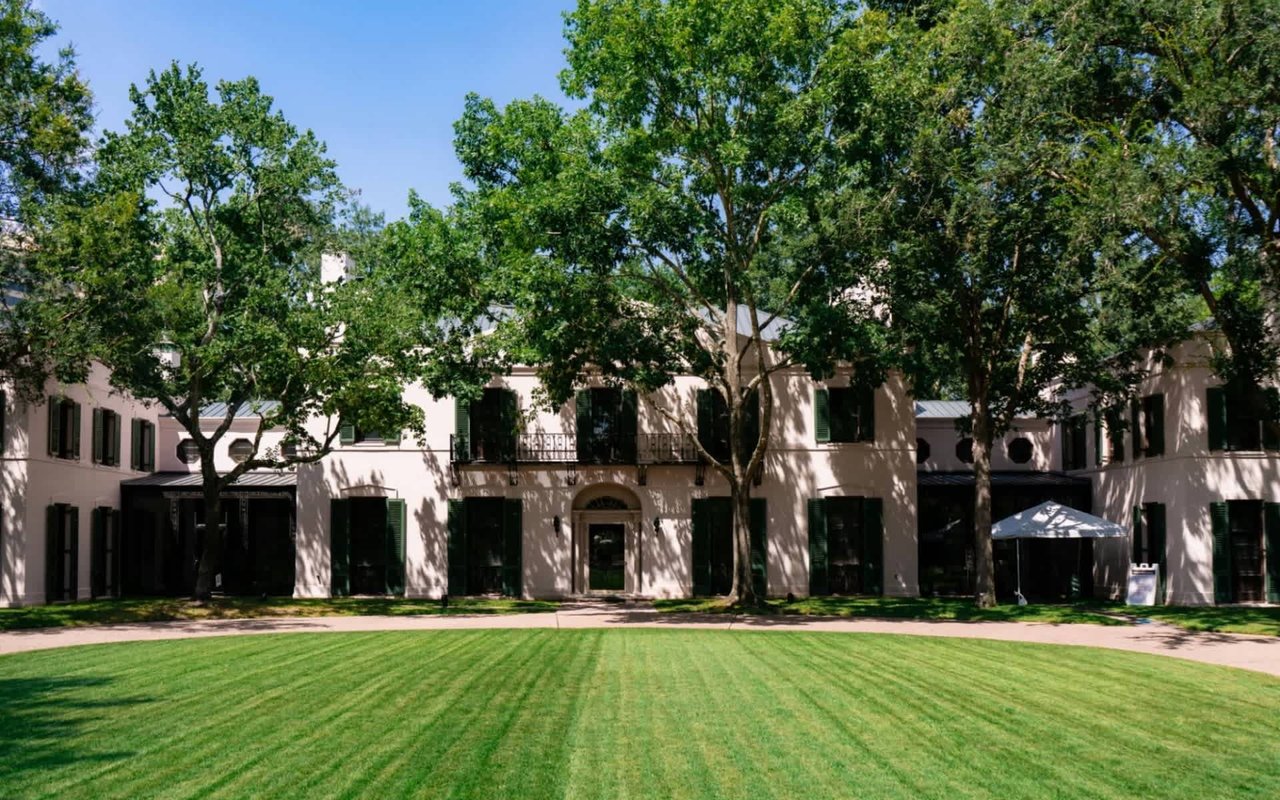Houston, Texas, is a city renowned for its vibrant culture and rich history. Among its many attributes, Houston's architectural landscape stands out, featuring a blend of historical landmarks and contemporary marvels. This article explores some of Houston’s most iconic architectural landmarks, showcasing their significance and unique features.
The Astrodome: The Eighth Wonder of the World
The Astrodome, officially named the NRG Astrodome, is often referred to as the "Eighth Wonder of the World." Opened in 1965, it was the world's first multi-purpose, domed sports stadium. Designed by architects Hermon Lloyd & W.B. Morgan and Wilson, Morris, Crain & Anderson, the Astrodome represented a breakthrough in stadium design, offering an innovative solution to Houston's unpredictable weather. Its air-conditioned environment provided a comfortable experience for spectators and athletes, setting a precedent for future stadiums worldwide. Although no longer in regular use, the Astrodome remains a significant symbol of Houston's architectural ingenuity.
Williams Tower: A Skyscraper with Style
Williams Tower, formerly known as Transco Tower, is a prominent fixture of the Houston skyline. Standing at 902 feet, it was the tallest skyscraper in the world outside of a central business district at the time of its completion in 1983. The tower, designed by Philip Johnson and John Burgee, exemplifies postmodern architectural style with its sleek, mirrored glass façade and distinctive pyramidal top. The tower’s architectural lighting, a tribute to the Art Deco era, adds a dynamic quality to Houston's nighttime skyline. Williams Tower is a testament to architectural excellence and a symbol of Houston's economic prowess.
The Menil Collection: A Modernist Masterpiece
The Menil Collection, located in the Montrose neighborhood, is one of Houston’s premier art institutions. The building, designed by Renzo Piano and opened in 1987, is a prime example of modernist architecture. Piano’s design focuses on simplicity, light, and harmony with the surrounding environment. The museum's use of natural light, facilitated by its innovative "leaf canopy" roof system, creates an inviting and serene space for viewing art. The Menil Collection is celebrated for its impressive art holdings and architectural significance, embodying a seamless integration of form and function.
Houston City Hall: Art Deco Elegance
Houston City Hall, completed in 1939, is an Art Deco gem in downtown Houston’s heart. Designed by architect Joseph Finger, the building’s exterior features a limestone façade with intricate carvings depicting the history of Texas and Houston. The interior boasts lavish materials such as marble and brass, highlighting the luxury characteristics of the Art Deco period. City Hall's symmetrical design and towering presence make it a standout landmark, reflecting the city’s civic pride and rich architectural heritage.
The Rothko Chapel: A Space for Contemplation
The Rothko Chapel, commissioned by John and Dominique de Menil and opened in 1971, is a non-denominational chapel and a significant cultural landmark. Designed by architects Philip Johnson, Howard Barnstone, and Eugene Aubry, the chapel features a simple, octagonal structure that creates an intimate space for reflection. Inside, the chapel houses 14 monumental paintings by the abstract expressionist artist Mark Rothko. The subdued lighting and minimalist design focus visitors’ attention on the art and the contemplative experience. The Rothko Chapel is a testament to the intersection of art, architecture, and spirituality.
The JPMorgan Chase Tower: Reaching New Heights
The JPMorgan Chase Tower, designed by I.M. Pei & Partners and completed in 1982, is one of the tallest buildings in Texas, soaring to a height of 1,002 feet. The tower’s sleek, modern design features a distinctive five-sided footprint and a façade of reflective glass and aluminum. The building’s height and design make it a dominant feature of the Houston skyline. The Sky Lobby on the 60th floor offers panoramic views of the city, providing a unique vantage point to appreciate Houston’s expansive urban landscape.
Gerald D. Hines Waterwall Park: A Cascading Wonder
Gerald D. Hines Waterwall Park, often simply called the Waterwall, is a stunning piece of urban design in the Uptown District of Houston. Completed in 1985 and designed by architects Philip Johnson and John Burgee, the Waterwall features a 64-foot-tall semi-circular fountain that recirculates 11,000 gallons of water per minute. The structure’s towering presence and the mesmerizing cascade of water create a serene and visually striking urban oasis. Surrounded by a canopy of 118 Texas live oak trees, the park provides a refreshing escape from the bustling city environment, making it a beloved landmark for residents and visitors.
Discover Your Dream Home Amidst Houston's Architectural Marvels
Houston's architectural landmarks offer a fascinating glimpse into the city's history, culture, and innovation. From the Astrodome’s pioneering design to the Menil Collection’s modernist elegance, these structures embody the spirit of Houston. Each landmark tells a unique story, contributing to the city's architectural heritage. Whether you’re an architecture enthusiast or a casual observer, Houston's architectural landmarks are sure to inspire and captivate.
Ready to make Houston's rich architectural landscape your home? From modern marvels to historic treasures, start your journey today and experience the best of Houston's architectural wonders at your doorstep. Contact
Morgan Broussard today for expert guidance and personalized
Houston real estate services.










